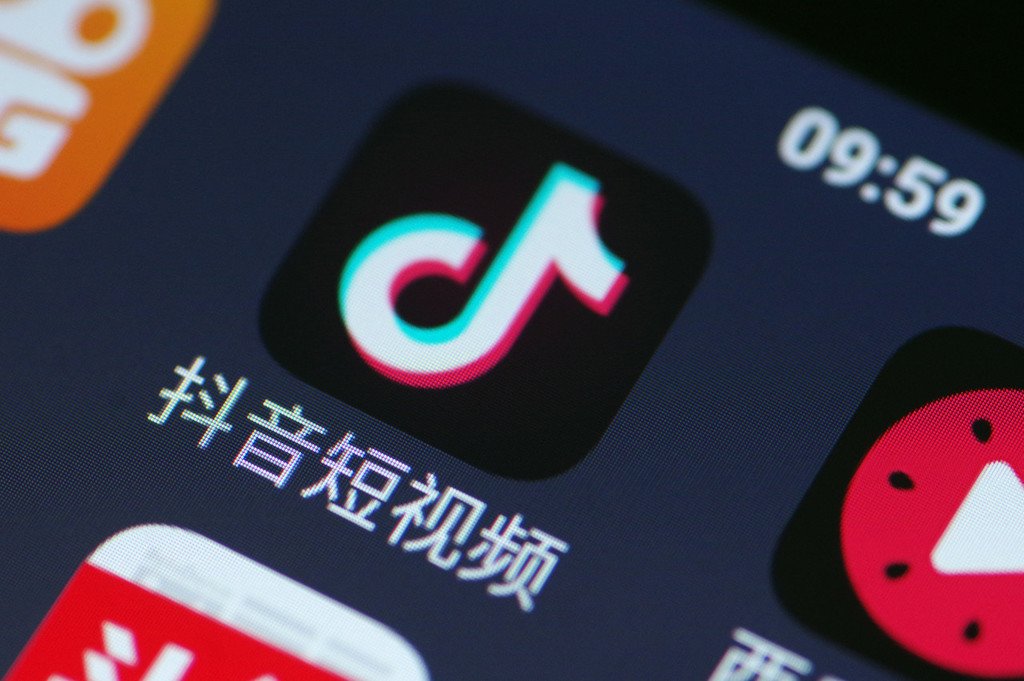
China Market Entry Checklist: Are You Really Ready?
Jumping in unprepared is a common, and often costly, mistake. This checklist is designed to help you look inward, prompting critical questions across key areas to gauge whether your business is truly prepared to enter the Chinese market.

Choosing Your Optimal China Market Entry Model
How will your business legally operate within China? Choosing the right market entry model is fundamental, impacting everything from your level of control and investment requirements to operational flexibility and regulatory pathways.

A Strategic Guide to Tmall Store Operations
This guide provides an expert-level overview for brands operating stores on Tmall and Taobao. It goes into the daily operational routines, critical customer service practices and the key success factors and performance indicators.

The Real Cost of Selling on Tmall
Establishing a presence on Tmall, is a significant step towards accessing China's vast consumer market. Prospective sellers must look beyond the potential revenue and understand the financial commitments involved.

Chinese Customer Service
Long-term success isn't built on one-time transactions; it relies heavily on customer retention – encouraging shoppers to return again and again. In the unique and demanding Chinese market, one of the most critical factors influencing customer loyalty and retention is the quality of your customer service.

Social Commerce
In the West, social media and e-commerce often operate in distinct spheres. You might discover a product on Instagram or Facebook, but completing the purchase usually requires clicking out to a separate online store. In China, however, these have effectively merged.

Beyond Organic: A Guide to Paid Advertising
While building a strong brand presence through owned channels is essential, achieving significant visibility, reaching specific target audiences, and driving conversions necessitates a strategic investment in paid advertising.

Livestreaming E-commerce in China
Imagine a shopping experience that blends the entertainment of a live show, the interaction of a personal consultation, and the instant gratification of online purchasing – all rolled into one dynamic digital event. This is the reality of livestreaming e-commerce in China.

KOLs vs. KOCs in China
Chinese consumers heavily rely on recommendations, and influencers play a pivotal role in shaping purchasing decisions. However, the Chinese influencer landscape is nuanced, primarily divided between two key categories: KOLs and KOCs.

RedNote: A Guide to China's Instagram
Often described as a blend of Instagram and Pinterest with a powerful e-commerce layer, RedNote (小红书 - Xiaohongshu) has carved out a distinct niche focused on lifestyle, product discovery, and authentic user experiences.

Douyin, aka TikTok China
As the Chinese counterpart to TikTok, Douyin (抖音) boasts a massive user base, exceeding 730 million monthly active users. But Douyin is far more than just an entertainment platform; it has evolved into a powerful engine for brand discovery, engagement, and crucially, e-commerce sales.

Weibo Marketing
While WeChat dominates as China's essential "super app" for communication and integrated services, Sina Weibo (微博) holds its own as a vital, dynamic platform for trend discovery, and broad-reach marketing. It is often compared to a combination of Twitter and Facebook.

Why WeChat is More Than Just Chat
For anyone unfamiliar with China's digital landscape, WeChat (微信 - Wēixìn) might initially appear to be just another messaging app, perhaps China's equivalent of WhatsApp or Facebook Messenger. While it certainly fulfills that function for its staggering user base, it is much more than that.

Selling to China Without a Local Entity
The prospect of establishing a full legal entity like a Wholly Foreign-Owned Enterprise (WFOE) or Joint Venture (JV) in China can seem daunting. Fortunately, there's a popular and often more accessible route.

Tmall and Taobao: Essential Setup
Operated by Alibaba Group, these platforms represent a majority share of the country's e-commerce activity. Tmall primarily serves as a B2C platform for official brand stores, while Taobao hosts a wider C2C and small B2C ecosystem. Simply listing your products on these platforms, however, is far from a guarantee of success.


Creating a Resonant Chinese Brand Name
You've secured your trademark rights in China – a vital first step. Now comes an equally critical challenge: defining how your brand will actually sound and feel to Chinese consumers. Many Western companies mistakenly believe that simply translating their existing brand name and marketing materials into Mandarin is sufficient.

Why Trademark Registration in China is Non-Negotiable
You've assessed your readiness, researched the market, and decided the vast potential of China aligns with your strategic goals. The next step isn't launching a flashy marketing campaign or rushing products onto shelves. It's securing your intellectual property (IP), starting with your trademark.
